You’ve ground your roasted coffee beans like a pro. To turn the natural treasures inside into the drink of legend, there's just one last step - - brewing.
Adding water to coffee grounds may sound foolproof, but what if we told you brewing can make or break that final cup of joe.
With a lot riding on the brewing and many different ways to do it, how to figure out which brew method is right for you?

Fear not, CoffeeRoast Co. is here weighing up the most popular coffee brewing methods plus the ones to watch in 2023.
So grab the nearest mug and join us as we guide you through achieving that finishing touch to your java!
The Greatest & Latest Methods of Brewing Coffee
Though there’s quite a few ways to brew coffee, each can be neatly categorized as immersion, percolation, or espresso.
IMMERSION BREW METHODS
Immersion brewing happens when coffee grounds are fully immersed in water and left to brew for a while.
This gives more time for the darker and more bitter chemical compounds in the grounds to be extracted. Making for earthier, woodier, and spicier coffee.
Although immersion methods call for a little more patience, generally no special skills are needed.
French Press

AKA a press pot, coffee press, or cafetière, French press is widely thought of as the best all-round coffee brewer. Especially for its elegant look, economical price tag, ease of use, consistently superior results, and low maintenance.
Comprising just 2 pieces, a cylindrical beaker into which sea salt coarse coffee grounds are scooped and doused with near boiling water. Plus a lidded plunger with built-in metal or plastic mesh filter which, after steeping for no more than a few minutes, is pushed down into the brew to trap the grounds. The filtered coffee is then poured out at the spout.
Plunger coffee is pure and clean because it retains a good deal of the oils responsible for flavor and aroma. Not to mention French Press extracts a higher dose of disease-fighting antioxidants.
Household names for French Press devices include Bodum and Melior, and come in various sizes making from one up to 8 cups of coffee.
Other than leaving coffee sediment at the bottom of the cup on occasion, the material of the carafe itself brings benefits and drawbacks. A stainless steel French Press keeps the coffee hotter for longer, but the brew isn’t visible. Tempered glass boasts the best tasting coffee, but can crack and chip. Whereas a ceramic stoneware beaker is the most eye-catching, but is heaviest and thermal insulation poorest.
AeroPress
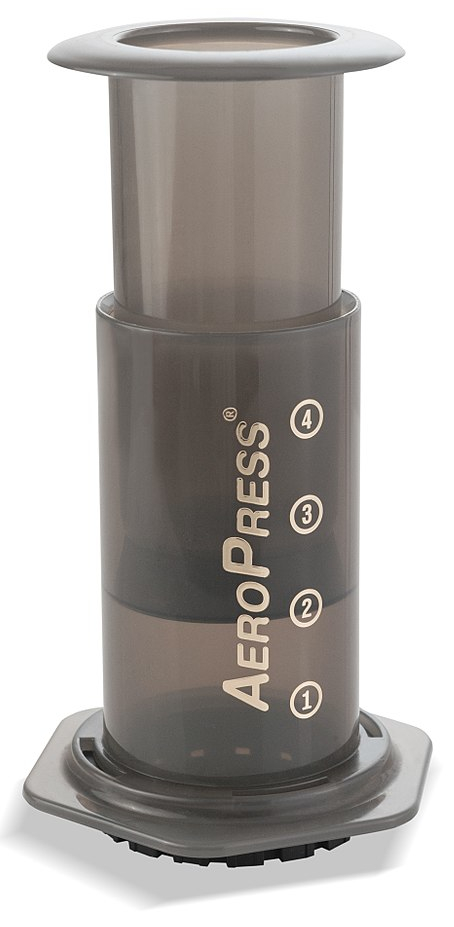
Shouted out as the greenest, most efficient, and mess-free method of making coffee, AeroPress is one of the hottest innovations this century.
Engineered for brewing on the go, the gadget’s become a firm favorite with travelers, campers, and similar.
Using patented 3-in-1 brew technology, Aeropress is a breeze to get the hang of:
-
Either of the disposable paper filter or reusable metal filter is fitted into a basket at the base of the brewing chamber.
-
Next, fine-to-medium grind coffee grounds and hot water are added.
-
In under 60 seconds, the compression pump at the top is pressed down.
-
The air pressure created forces the brewed coffee through the filter at the bottom and into your waiting mug or thermos.
What you get is delicate and smooth java with a sweet, clearly defined taste. Just bear in mind that, unless diluted down after, AeroPress coffee tends to be rather intense.
Only suitable for a single cup or two in one sitting, but budget friendly and praised for its versatility. For coffee drinkers open to experimenting, AeroPress can turn out various styles of coffee along the lines of French press, drip, espresso, and more.
Siphon

Syphon brewing was dreamt up in the mid-1800s, but has been enjoying a revival lately.
The contraption used, from manufacturers like Hario and Yama, resembles something you’d see in a chemistry lab. Otherwise known as a vacpot or vacuum brewer, it’s made up of a pair of all-glass chambers stacked in the shape of an hourglass.
In the upper vessel (the hopper), go coffee grounds of medium coarseness. To the lower section (the bulb), water is added and boiled using a flame from a candle or butane burner. A combination of vapor pressure and vacuum drives the heated water upwards to infuse the grounds. When the heat’s removed after about 6 minutes, gravity sucks the brewed coffee back down through a metal or cloth filter between the 2 chambers.
An almost tea-like cup, siphon coffee preserves the mellow and intricate aromas and flavors of whichever beans are used.
The exception to the rule as immersion methods go, there’s a learning curve, it’s not cheap, and it can be quirky. So one for more experienced coffee enthusiasts. Still, siphon brewing can be a rewarding way to make multiple cups of coffee and, an impressive bit of kit, show off to family and friends.
Turkish

Dating back to the mid-1550s, the world’s earliest method of brewing coffee.
Traditionally, Turkish coffee is prepared in a wide-mouthed long-handled brass or copper pot known as a cezve (ibrik).
Into which go water, the roasted beans crushed into the finest powder, and optionally sugar and spices. After mixing, the pot’s brought to the boil with the coffee building up a head of foam.
Once poured, the brew’s left to cool while the grounds sink to the bottom of the cup.
The pay-off is a rich, robust, and velvety coffee which keeps more flavors and aromas than, say, French Press. Besides which, it’s supposed to be sipped, not gulped down.
Cold Brew
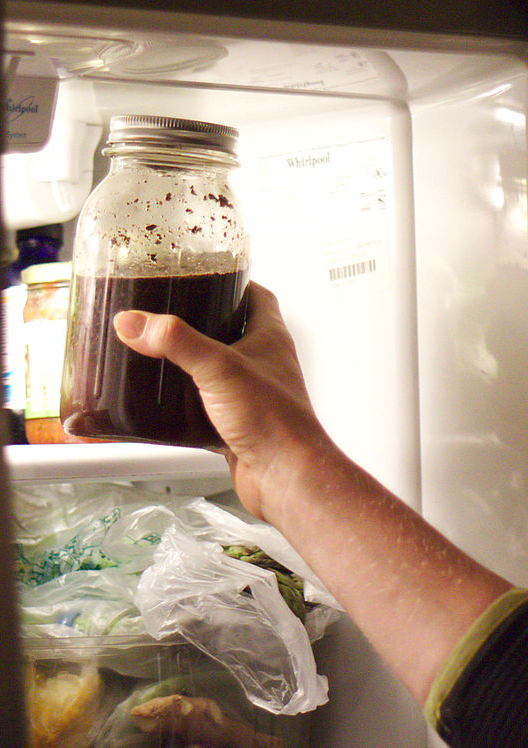
Also called cold press coffee, cold brew has long been a staple in cafés and more recently at home. Yet as a refreshingly crisp, perfect for when the heat is on, it’s tipped to boom in the coming months.
Great for using up old coffee beans, cold brew’s remarkably straightforward and pretty much hands-off to make. Starting with a container and a filter of some description; a mason jar and a fine mesh sieve, for example.
Medium-to-fine ground coffee is soaked in cold or room temperature water, and stirred now and again. After 8 to 24 hours, depending on where it's kept, the mixture is strained to extract the coffee concentrate. The long infusion, amongst other things, distinguishing cold brew coffee from iced coffee.
Fragrant and bold, exactly which flavor profile you get with cold brew rests on the type of coffee used; ranging anywhere from chocolaty to fruity.
Although cold brew isn’t as caffeinated as hot brews, it’s the least acidic coffee so much gentler on the stomach for folks with digestive conditions.
Nitro Brew
Nitro-brewed coffee takes regular cold brew to a whole other level.
Much the same as the process used in beer brewing, nitrogen gas is introduced into cold brew. Creating a froth of micro bubbles in the cold coffee that makes it taste creamier and less bitter, as well as producing an even silkier texture than that of standard cold brew.
Once a specialty coffee drink on tap in coffee shops, nowadays it’s possible to buy kits to DIY nitrous coffee in the comfort of your own home.
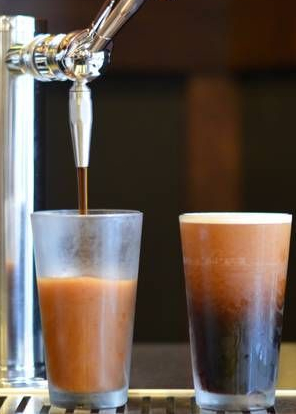
PERCOLATION BREW METHODS
Percolation brewing occurs when hot water is trickled through ground coffee.
The shorter brew time extracts mostly the sweeter and acidic substances in the grounds. Meaning the coffee ends up brighter, fruitier, and more floral.
On the flip side, percolation methods can be temperamental. With all sorts of things to factor in and a greater emphasis on technique, much more can go wrong.
Pour Over
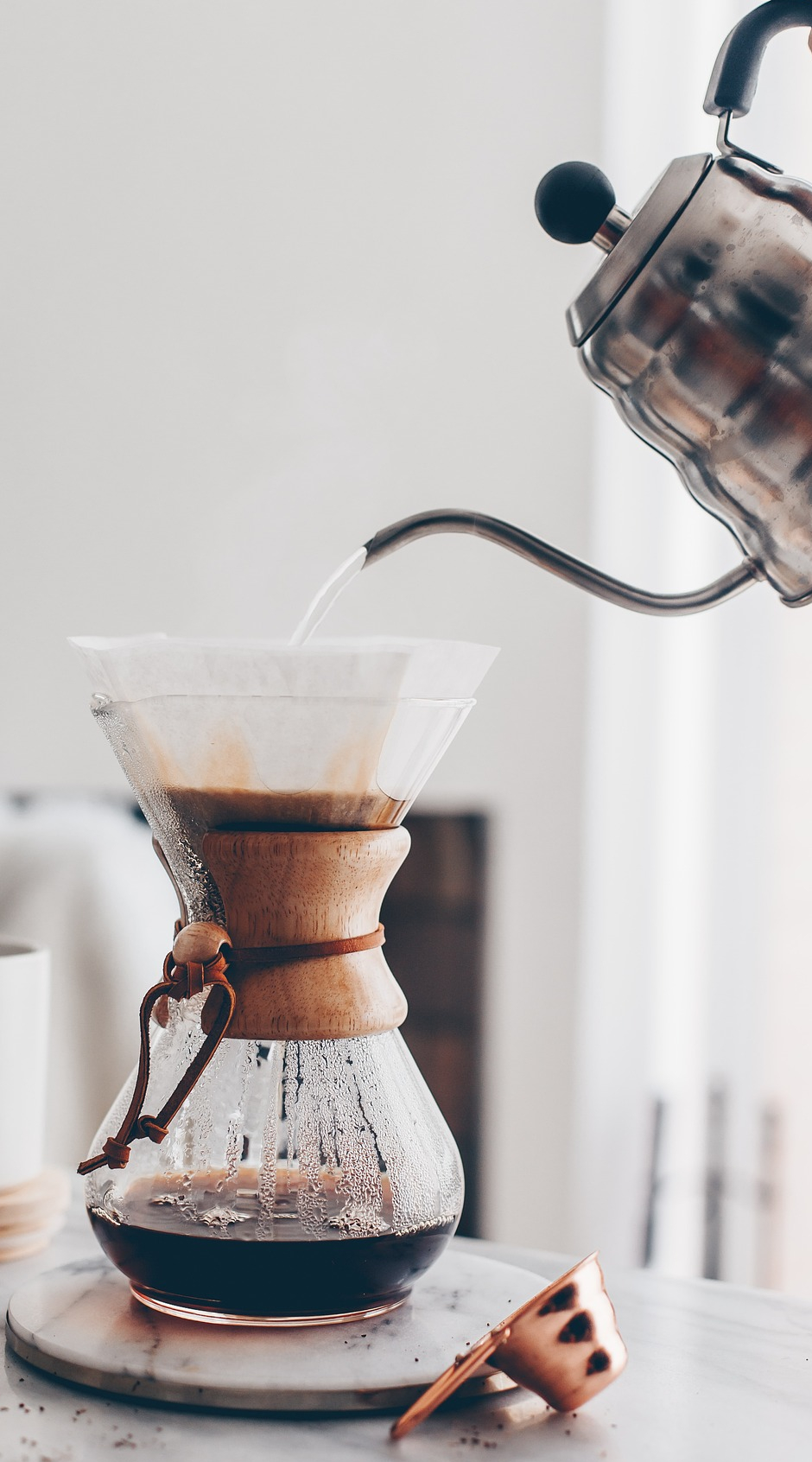
Pour over brewing has had a long history, but it’s become fashionable again thanks to the third-wave coffee movement.
Literally, hot (or cold) water is poured slowly and evenly over ground coffee set in a paper filter. For single or double cup brewers, like the Kalita Wave, a medium grind size is best; for larger servings, such as with the classic Chemex coffee maker, slightly coarser like kosher salt. Extraction time should be less than 3 or 4 minutes during which the coffee extract seeps into a cup or other container.
Pour over teases out the subtle flavors of a particular coffee, and yields a complex but balanced and clean taste as the paper filter holds back most of the grounds’ oils. In fact, filtering coffee this way, according to Harvard Medical School, may be the healthiest way to brew coffee.
Whilst pour over is a simple concept, it can feel laborious since it takes rather more effort. With so many options to tweak brewing variables, it can be complicated. Though the biggest challenge with the method actually lies in the pouring itself.
At any rate, pour-over brewers are typically inexpensive. What’s more, smaller format drippers are portable courtesy of their minimal footprint.
But the real beauty of pour over, and the main difference with drip coffee brewing, is it’s 100% a manual process. This gives the brewer complete control over the different aspects of brewing; for example, pouring spread and speed, water quality and temperature, and grind size.
Moka Pot

With its iconic design, the most famous brand and the name of moka pot’s inventor is Bialetti.
Not to be confused with a coffee percolator, the moka pot is an all-in-one electric/stovetop coffee maker consisting of 3 sections.
In the bottom portion, water is added while the fine-to-medium coarse ground coffee goes into a central filter basket. The water is heated and steam pressure pushes through the grounds causing the coffee to start condensing in the upper compartment. After some 5 minutes, the freshly brewed coffee can be poured from the spout.
Depending on its size, a moka pot produces anywhere from 1 to 18 2-fluid ounce servings of espresso-style coffee, similar in strength and taste but sometimes on the bitter side.
Normally made of rugged aluminium with Bakelite handles, a supremely affordable and easily cleanable everyday coffee making solution.
ESPRESSO BREW METHOD
Strictly speaking, espresso brewing is a kind of percolation but has more unique characteristics.
Often considered the gold standard brew method among coffee aficionados, it’s used to make espresso coffee - - a beverage in its own right or else as a base for other coffees such as latte, cappuccino, and macchiato.
ESPRESSO
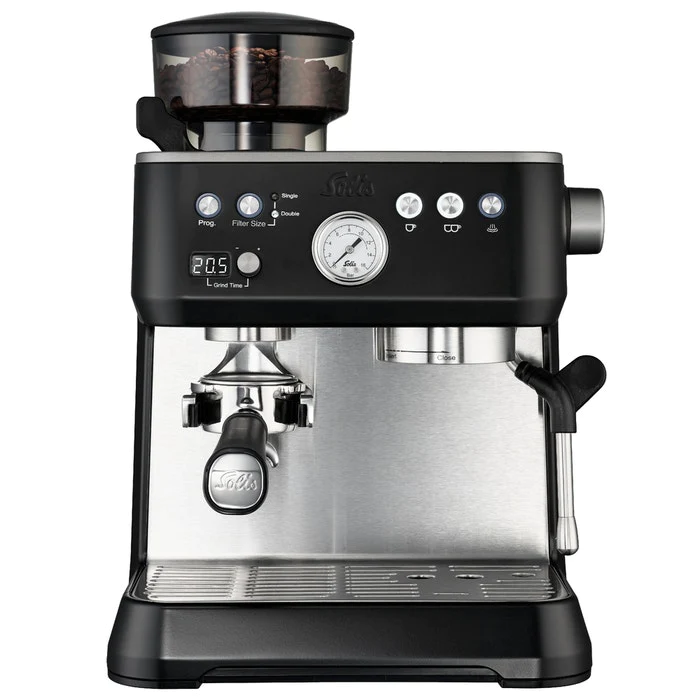
To craft a true espresso, you’ll need an espresso maker like the trusted ROK EspressoGC. As well as, ideally, an espresso-specific grinder to produce the very finely ground coffee necessary.
An espresso machine works by forcing a small amount of super pressurized hot water through a compacted ‘puck’ of coffee grounds. Taking just seconds to extract the solubles from the grounds, out comes one or two tiny highly concentrated coffee shots.
Espresso coffee is full-bodied with caramel notes and extremely strong in flavor. But, perhaps surprisingly, isn’t quite as potent in terms of caffeine content. Because of the lower brewing temperature and the briefer time the grounds are in contact with the water. It’s also thicker coffee complete with a trademark layer of foam (crema) on top.
Apart from the equipment being a somewhat pricey investment, there’s a real art to pulling a decent espresso. Professional baristas can take years, decades even, to master it.
BREWING COFFEE UP A STORM
Brewing may be the end of the coffee beans’ long journey from farm to cup, but it’s an important one. Going some way to influencing the taste, smell, and healthiness of the eventual brew.
Having a better insight into the more popular and trending brewing methods and gear can help take your coffee making experience to new heights. From the convenience of AeroPress to the precision of espresso, there’s a brew method out there to suit every coffee lover.
Remember though, how coffee is brewed ultimately boils down to personal preference. So why not try a new brewing method today and, who knows, you might just discover the cup that works best for you!
Interested how to raise your coffee preparation game even more? Be sure to check out our guide on becoming a master roaster.





Dejar un comentario